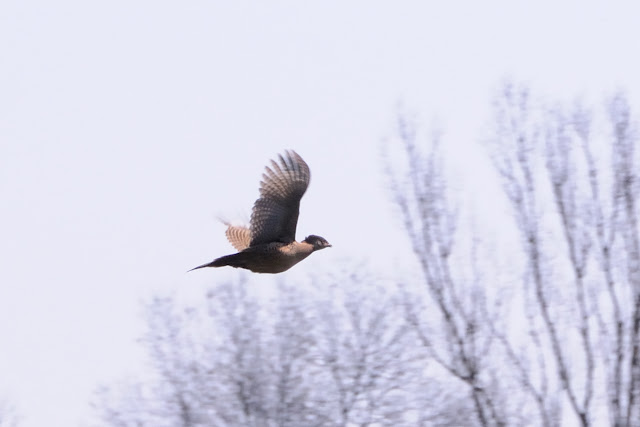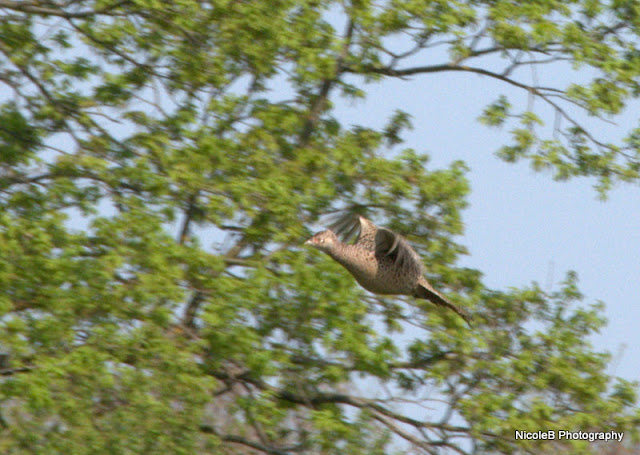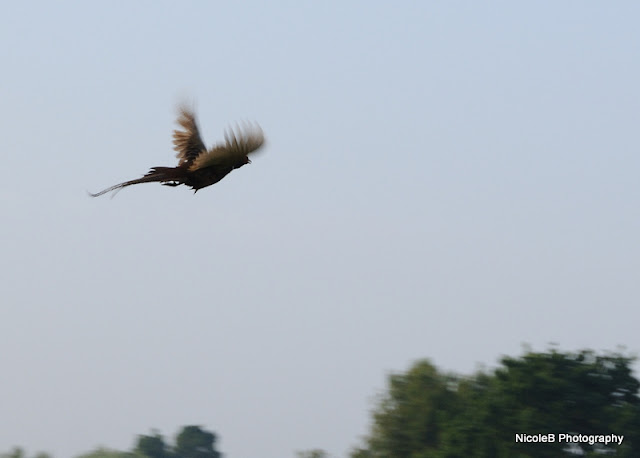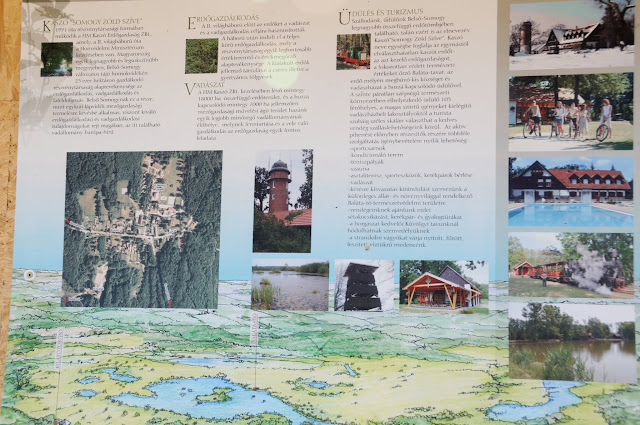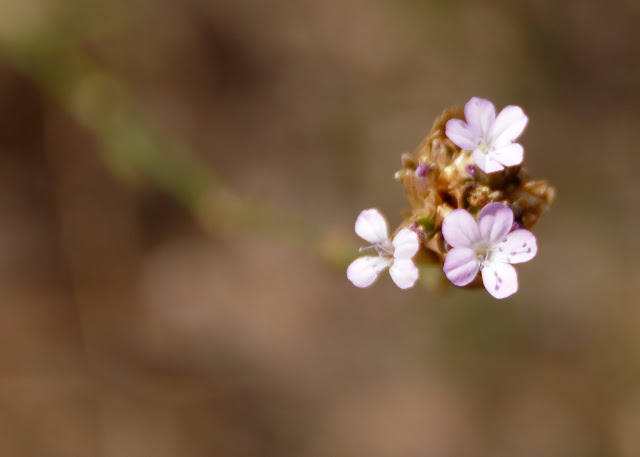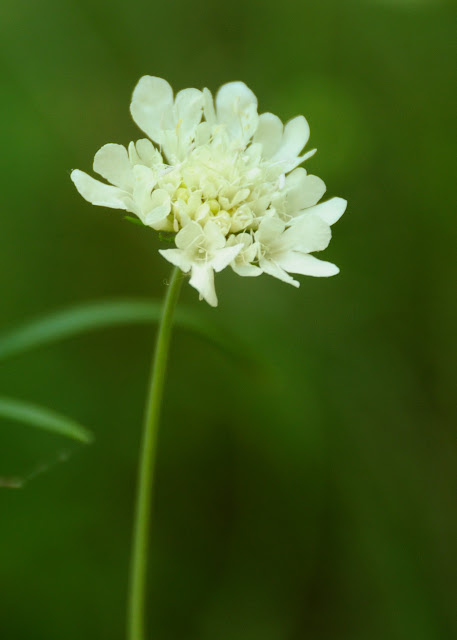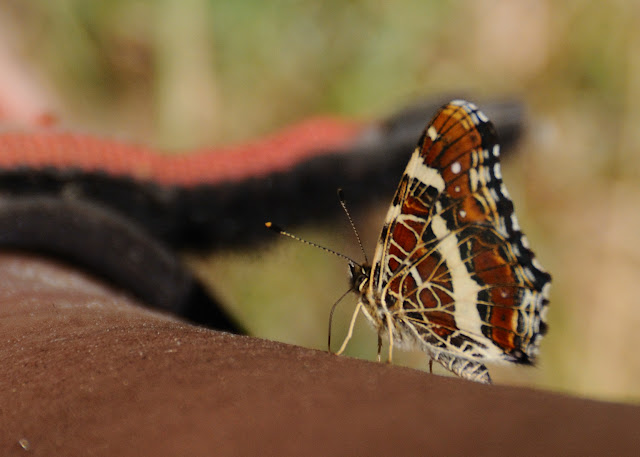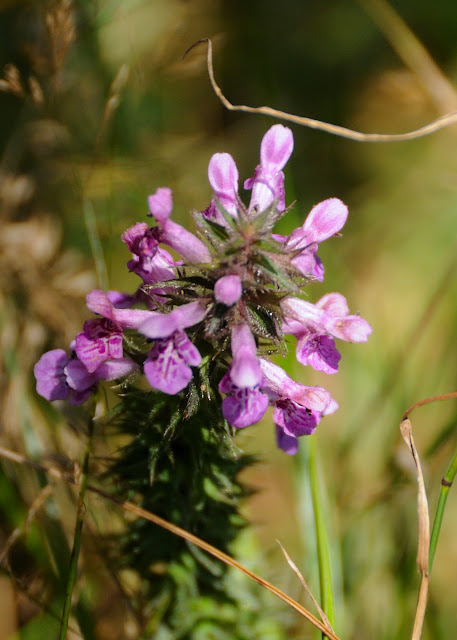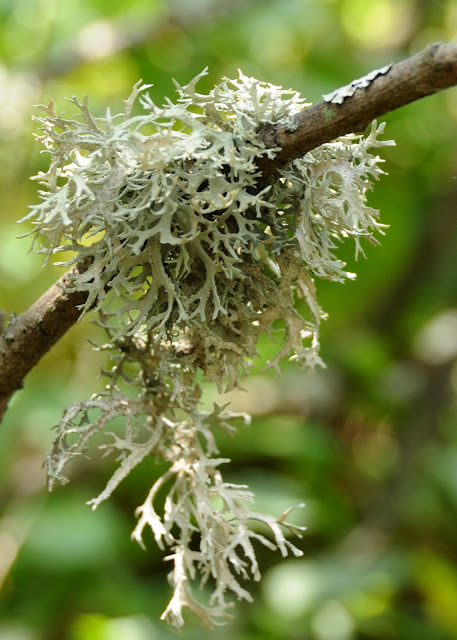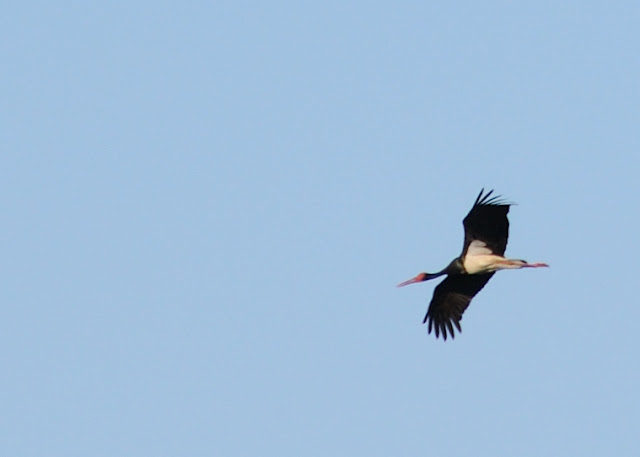In August 2009 I went with a guided tour provided by the DDNP to the Balata to (Baláta-tó = ancient moor / bog) near Nagyatád close to a small village named Kaszó in Somogy county, Hungary.
This moor is a relic from prehistorical times.
In it’s micro climate you can find animal and plant relics that are left from the ice age and the tropics.
One of these is the insect devouring seaweed Aldrovanda vasculosa, which can get 7-8m long.
The moor is part of the Duna-Drava nature preserve park and the protected area has a seize of 174 hectar. At the meeting point you find some information (in Hungarian) and the ‘train station’.
You can reach the moor via a small train that takes you as close to approx. 1 km near the moor.
Or you can walk to the moor, which is about 2km away from the meeting point / entrance.
It’s a nice walk and you get to see quite some plantlife along the way.
Not exactly sure as to ‘what’ was special in this area, but it was one of the plants ( tried to find IDs for the plants, but alas, no such luck yet. I will keep trying ).
There are decent signs with information, maps and markers along the trail, so it’s hard to get lost. If you can read Hungarian, you might even learn what the plant & birdlife is that you get to see.
Watchtower to see the moor.
The moor was quite dried up.
There was not enough rain to keep the water level up and there are no streams to feed it.
The last time this happened was 2005.
The dogs from above. They waited quite patiently There is no problem in bringing dogs along, but keep them on a leash.
A visitor during the break.
The protected area that gets you close to the moor. Remember, do not go there without a guide.
I wasn’t an avid birder at that time, but I guess birdlife is abundant here. The only fellow I can show as proof is a Black Redstart that posed for me at the beginning of the tour.


